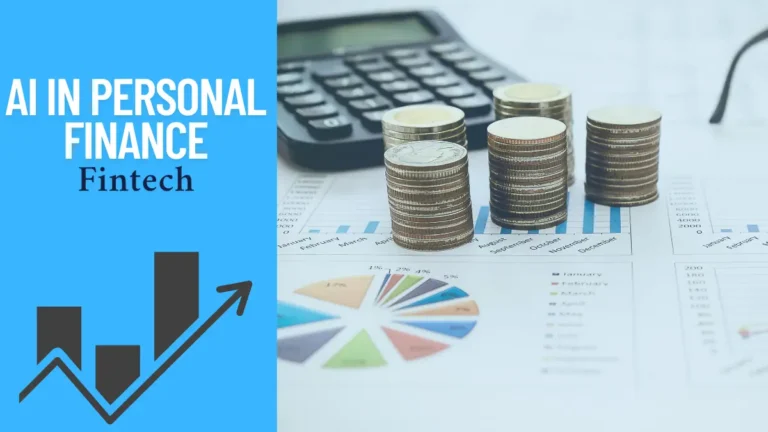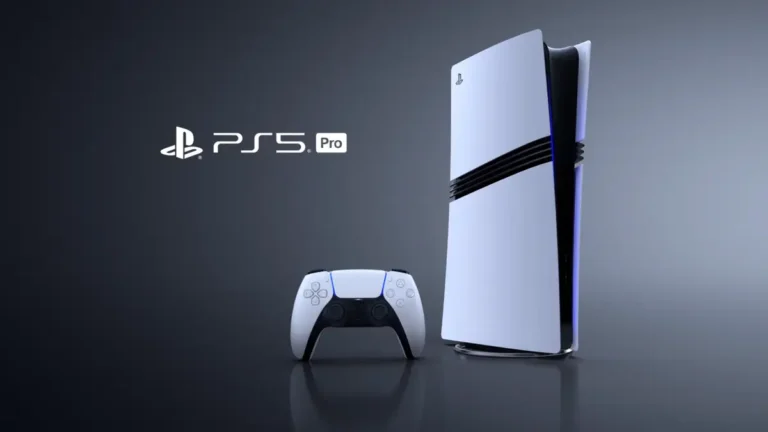What is 5G Technology: How It Will Transform and Disrupt Industries
Now in 2025, 5G Technology is no longer a vision of the future—it’s an active force reshaping how the world connects, works,…
Now in 2025, 5G Technology is no longer a vision of the future—it’s an active force reshaping how the world connects, works, and evolves.Unlike its predecessor, 4G, which primarily boosted consumer internet access, 5G Technology is transforming entire industries. With lightning-fast speeds, near-zero latency, and exceptional reliability,is paving the way for innovations that were once considered impossible.
What sets 5G apart is not just speed—but its ability to handle massive amounts of data in real-time. This advancement empowers businesses to innovate, operate efficiently, and deliver unprecedented customer experiences. From autonomous vehicles and smart cities to remote surgeries and virtual retail, is enabling a new era of digital transformation.
In this article, we’ll explore the industries being transformed by 5G Technology—including healthcare, manufacturing, transportation, retail, and entertainment. You’ll also discover the challenges ahead and how this technology integrates with other technologies like artificial intelligence (see our AI Innovations 2025 article) to accelerate disruption across the globe.
1. 5G Technology in Healthcare
Few sectors are expected to benefit more from 5G Technology than healthcare. As hospitals and clinics increasingly rely on real-time data, smart devices, and telemedicine, this technology will be the backbone of a connected and responsive health ecosystem.
Telemedicine & Remote Surgeries
One of the most revolutionary applications of 5G Technology is enabling remote surgeries. With near-instant communication, surgeons can operate robotic instruments across continents without delay. According to Ericsson’s 5G Smart Health Report, low-latency 5G Technology connections have already been tested in real-life surgical procedures with promising outcomes.
In rural or underserved areas, 5G will connect patients to world-class specialists in real-time. Telehealth platforms, powered by 5G Technology, will stream high-definition video without lag—bridging the gap between care providers and patients, no matter the distance.
Continuous Health Monitoring
5G Technology will also power the next generation of wearable devices, enabling doctors to receive real-time updates on vital signs like heart rate, glucose levels, or blood pressure. Instead of sporadic appointments, patients can be monitored continuously—allowing for proactive care.
These always-connected devices, when combined with artificial intelligence, will predict potential health issues before they become emergencies. This not only saves lives but also reduces healthcare costs through early interventions and efficient hospital resource use.
Faster Emergency Response & Diagnostics
Emergency services equipped with 5G can transmit patient data—X-rays, CT scans, or ECGs—to hospital staff before arrival, preparing doctors to act immediately. Furthermore, AI-assisted diagnostics powered by real-time 5G connectivity will allow faster analysis of test results, improving decision-making during critical moments.
As seen in our AI Innovations 2025 article, these technologies will increasingly intersect, with 5G Technology acting as the vital network infrastructure supporting them.
2. 5G Technology in Manufacturing
In the age of Industry 4.0, this innovation is playing a central role in revolutionizing the manufacturing sector. It’s not just about speed—it’s about intelligent automation, data-driven processes, and real-time operations. Factories are no longer limited by wired networks or delayed decision-making. With the rollout of 5G, manufacturers now have access to an ultra-fast, low-latency wireless infrastructure that empowers next-generation smart factories.
Smart Factories and Predictive Maintenance
The cornerstone of 5G Technology in manufacturing is the smart factory—an interconnected environment where machines, sensors, and systems communicate in real time. According to Qualcomm, this technology enables machine-to-machine communication at massive scale, supporting thousands of devices in a single facility without lag.
This infrastructure allows for predictive maintenance—identifying mechanical problems before they cause downtime. Sensors powered by 5G Technology transmit performance data continuously to analytics systems, enabling AI to flag abnormalities and schedule maintenance without disrupting production. This leads to fewer breakdowns, longer equipment life, and major cost savings.
Additionally, 5G allows remote management of production equipment. Engineers can oversee machinery from anywhere, adjusting parameters or responding to issues in real time. This increases flexibility and lowers the need for on-site personnel, especially beneficial during crises like pandemics or supply chain disruptions.
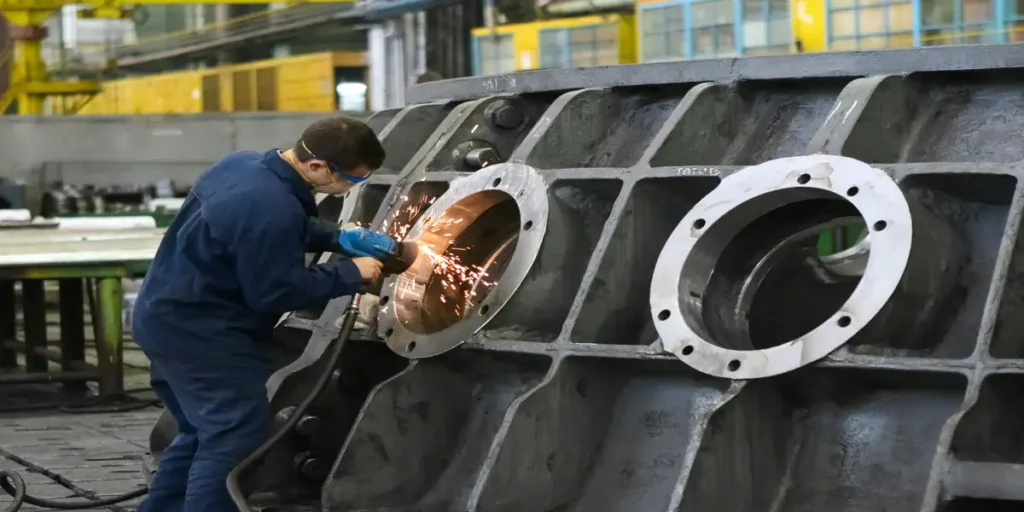
Real-Time Production and Supply Chain Optimization
Manufacturing operations are often slowed by outdated logistics and delayed feedback loops. With fast 5G , data flows instantly from the factory floor to the cloud, allowing for adaptive workflows. Production can be adjusted in real time based on customer demand, material availability, or shipping delays.
5G Technology also enhances supply chain visibility. RFID tags, GPS trackers, and IoT sensors connected via 5G networks offer up-to-the-minute data on inventory levels, shipments, and raw material conditions. This reduces waste, prevents overstocking, and streamlines delivery schedules.
A report from Capgemini shows that early adopters of 5G Technology in manufacturing have already seen up to 30% gains in operational efficiency. These gains will only grow as adoption expands and the ecosystem matures.
Automation, Robotics, and Worker Safety
Automation is the future of manufacturing, and 5G Technology is its engine. Autonomous robots and AGVs (automated guided vehicles) can communicate seamlessly, navigating factory floors without human control. Low-latency connections ensure safety, collision avoidance, and smooth collaboration between machines.
Moreover, 5G enhances worker safety by supporting wearable safety gear that monitors fatigue, temperature, or exposure to hazardous materials. In dangerous environments, remote-controlled equipment becomes feasible, reducing the need for humans in high-risk tasks.
In short, this technology is not just upgrading manufacturing—it’s redefining it. From predictive analytics and real-time monitoring to robotics and autonomous logistics, 5G Technology is helping manufacturers move from reactive to proactive operations, driving higher productivity and resilience in an increasingly volatile global economy.
3. 5G Technology in Transportation
The transportation industry is undergoing a radical shift. From enabling autonomous vehicles to enhancing traffic systems in smart cities, 5G is setting the stage for faster, safer, and more efficient mobility solutions. As more cities embrace digital infrastructure, this technology ensures that vehicles, infrastructure, and data systems are all connected in real-time.
Autonomous Vehicles and Vehicle-to-Everything (V2X)
One of the most revolutionary applications of 5G Technology in transportation is the support it provides to autonomous vehicles. These self-driving cars depend on ultra-low latency communication to interpret road conditions, navigate routes, and make split-second decisions. With 5G, vehicles can interact seamlessly with their surroundings through what’s known as V2X communication (Vehicle-to-Everything)—including other vehicles, traffic lights, pedestrian signals, and cloud-based data systems.
Unlike older networks, 5G supports near-zero delay, which is critical for avoiding collisions and enabling real-time updates. For example, if a car several blocks ahead suddenly brakes, a connected vehicle can be notified within milliseconds to adjust its speed or route, potentially preventing a chain reaction accident.
According to the 5G Automotive Association, the implementation of 5G V2X could reduce serious road accidents and fatalities by up to 70% once fully adopted.
Smart Cities and Intelligent Traffic Management
In 2025 and beyond, 5G will power smart cities where traffic systems adapt dynamically to changing conditions. Sensors embedded in roads and intersections can relay live data to city control centers. AI-powered algorithms, supported by 5G Technology, can then optimize traffic flow by adjusting light cycles and rerouting vehicles based on congestion levels.
Emergency vehicles will also benefit from 5G. Through real-time coordination, ambulances and fire trucks can be granted green light corridors in busy cities—reducing response times and saving lives. Public transit systems will become smarter too, with buses and trains connected to live passenger data, leading to improved scheduling and efficiency.
A study by McKinsey & Company found that 5G Technology could cut urban commute times by up to 15% due to optimized traffic systems and route prediction.
Real-Time Navigation and Delivery Logistics
Beyond personal transportation, this is improving logistics and last-mile delivery. Delivery trucks, drones, and autonomous vehicles can now communicate with logistics platforms to optimize their routes in real-time. Traffic delays, weather conditions, and delivery windows can all be factored into updated route plans within seconds.
Fleet managers can also monitor the exact location, speed, and performance of every vehicle, enabling proactive maintenance, fuel efficiency, and smarter resource allocation.
For example, companies like UPS and FedEx are already piloting 5G-connected logistics hubs, where automated sorting machines and driverless forklifts streamline operations, reduce errors, and increase delivery speed.
4. 5G Technology in Retail and E-Commerce
The retail industry is undergoing a massive transformation, and 5G is becoming the backbone of this revolution. As online and offline experiences blend, the ability to deliver fast, personalized, and immersive experiences is more critical than ever. 5G Technology provides the infrastructure to enable real-time data processing, ultra-responsive mobile experiences, and smart store innovations that redefine how people shop.
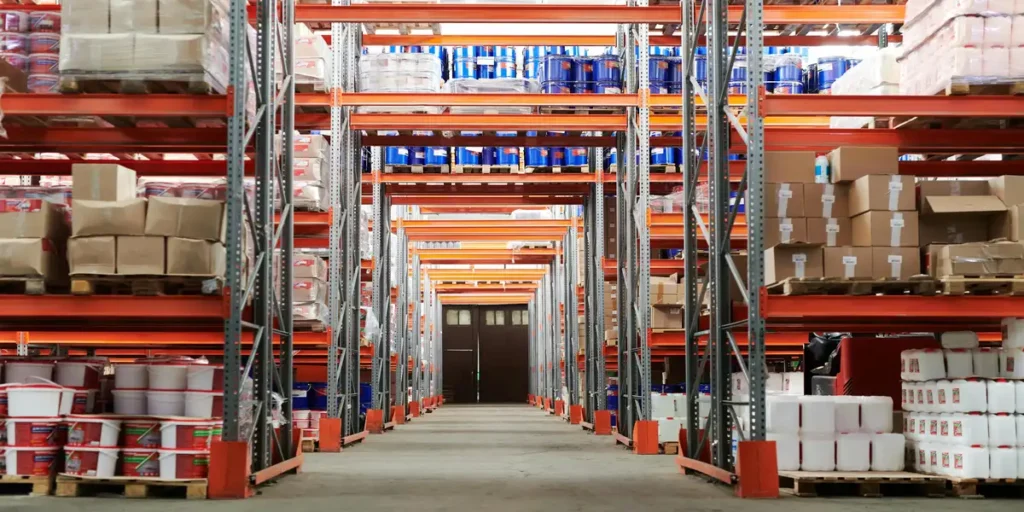
Real-Time Customer Experience
With 5G Technology, retailers can track inventory, pricing, and customer interactions in real time. In physical stores, smart shelves can detect when products are running low and automatically notify staff or trigger restocking through supply chain systems. Cashierless checkouts using computer vision—like those pioneered by Amazon Go—rely on ultra-fast connectivity to function without lag.
In e-commerce, 5G supports real-time personalization. Retailers can instantly adapt homepage content, product recommendations, or promotions based on your current browsing behavior. This means shoppers experience more relevant offers with almost zero delay, increasing engagement and conversion rates.
According to Retail Dive, retailers implementing 5G-powered systems saw a 20% increase in customer retention by optimizing in-store and online personalization strategies.
Augmented Reality (AR) and Virtual Shopping
Perhaps one of the most exciting applications of 5G in retail is augmented reality (AR). With 5G-enabled smartphones or smart glasses, customers can virtually try on clothing, accessories, or makeup, helping them make more confident purchase decisions.
Furniture retailers like IKEA already allow customers to visualize products in their living space using AR. But with 5G Technology, this process becomes smoother, more detailed, and more realistic—even in crowded urban environments or on-the-go.
In the near future, fully immersive virtual malls will allow users to browse stores as avatars in digital spaces, combining the best aspects of physical and online shopping. Ensures these environments remain responsive, visually rich, and accessible from mobile devices.
As noted by PwC, retailers investing in 5G-powered immersive technologies are poised to increase customer satisfaction and drive higher-value purchases.
Seamless Omnichannel Integration
5G enables the synchronization of every customer touchpoint—from mobile apps and websites to physical stores and customer service. With real-time inventory tracking, customers can check product availability across locations or schedule instant pickups and same-day deliveries with ease.
Smart mirrors in fitting rooms can suggest complementary items or alternative sizes. At the same time, mobile apps can connect with in-store beacons via 5G, triggering customized promotions or assistance based on your location and preferences.
Retailers also benefit from data analytics in real time, allowing them to adjust pricing strategies, promotions, and staffing on the fly.
5. 5G Technology in Entertainment
The entertainment industry is being radically reimagined thanks to 5G Technology. As digital content becomes more immersive, interactive, and accessible, the need for ultra-fast, low-latency connectivity has never been greater. From gaming and live streaming to virtual concerts and augmented reality, is unlocking experiences that were previously unimaginable.
Seamless Streaming and Cloud Gaming
High-definition streaming used to be limited by buffering and lag, especially during live events. 5G Technology eliminates these issues with its high bandwidth and near-zero latency. In 2025, consumers will be able to stream 4K, 8K, and even 360-degree VR videos on mobile devices without interruption.
Live concerts, sports events, and esports tournaments are already experimenting with 5G-powered broadcasts to improve real-time interactivity. Platforms like Netflix, YouTube, and Twitch are integrating this technology to enhance quality and responsiveness—even in crowded environments like stadiums or festivals.
In gaming, cloud gaming platforms such as Xbox Cloud Gaming (xCloud), NVIDIA GeForce NOW, and Google Stadia rely on real-time data transmission between servers and users. Without 5G, this would result in lag and low frame rates. With it, gamers experience smooth, console-quality performance on any device, including phones and tablets.
According to Statista, over 60% of U.S. gamers in 2024 reported improved performance when gaming on 5G, including faster downloads and smoother gameplay.
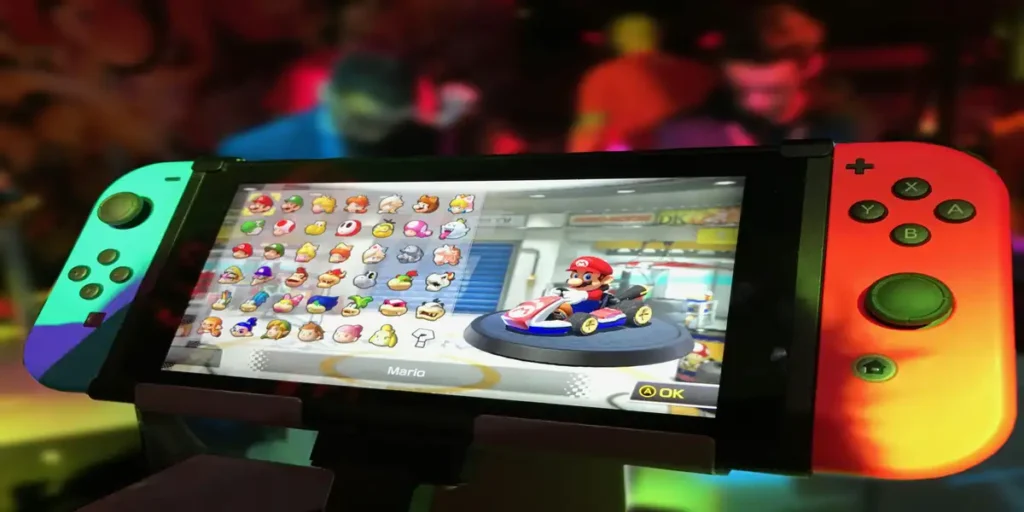
Immersive Virtual Reality and Augmented Reality
5G Technology is a game-changer for virtual reality (VR) and augmented reality (AR). These experiences require enormous data throughput to render high-resolution environments in real time. In the past, tethered devices were necessary. But with 5G’s power, wireless VR and AR headsets can now deliver cinematic experiences anywhere.
Virtual concerts and live performances are already happening in platforms like Horizon Worlds and Fortnite. Fans can enjoy these events with rich graphics, spatial audio, and live interaction—all on mobile devices.
Retailers and media companies are also leveraging AR through 5G-enabled apps to let users project 3D models, access interactive ads, or even tour museums and exhibitions from home. This opens up entirely new forms of storytelling and brand engagement.
As noted by Deloitte, immersive media made possible by 5G Technology is set to become a multi-billion-dollar market in the next 3–5 years.
Enhanced Personalization and Audience Targeting
It also improves backend operations in entertainment, particularly in data analytics and content personalization. Streaming platforms can collect and analyze viewer behavior in real time, optimizing recommendations, ad targeting, and platform layout instantly.
For advertisers, this means more effective real-time targeting during live broadcasts and sporting events. Brands can deliver personalized ads to specific audiences, based on real-time viewing data powered by 5G Technology.
6. Challenges and Roadblocks in 5G Technology Adoption
While the potential is undeniable, its widespread adoption faces several challenges. From infrastructure development and regulatory hurdles to data privacy concerns, industries must navigate various obstacles to fully harness the power.
Infrastructure Demands
Unlike previous network generations, 5G Technology operates on higher frequencies, which require a dense network of small cell towers. This means more equipment must be installed closer together—especially in urban and suburban areas—to ensure consistent coverage.
Building this infrastructure is expensive and time-consuming. According to GSMA, mobile network operators will collectively spend over $1 trillion globally on 5G infrastructure by 2025. Rural areas may face slower rollout due to lower population density and limited ROI for telecom companies, potentially widening the digital divide.
Security and Privacy Risks
With billions of connected devices communicating over 5G , the attack surface for cybercriminals increases dramatically. Smart cities, autonomous vehicles, healthcare systems, and industrial networks could all become targets.
Experts warn that end-to-end encryption, strict authentication, and network slicing (isolating parts of the network for specific uses) must be implemented to prevent data breaches and ensure compliance with regulations like GDPR.
The European Union Agency for Cybersecurity (ENISA) emphasizes the importance of securing the 5G supply chain and infrastructure to maintain trust in digital services.
Global Disparities and Standardization
Not all countries are progressing at the same pace. Developed nations like the U.S., China, and South Korea are leading in 5G Technology deployment, while many developing regions lack the capital or policy frameworks to begin implementation.
Inconsistent rollout creates a technological divide, limiting global cooperation and innovation potential. Also, the lack of standardized regulations across countries complicates manufacturing and compliance for multinational companies using 5G Technology.
Conclusion
By 2025, 5G Technology will be a cornerstone of the next industrial revolution. From smarter hospitals and safer roads to immersive media and real-time commerce, this technology will transform the way we live and work. Industries like healthcare, retail, manufacturing, and entertainment are already seeing the early rewards of this transformation.
Yet, this is only the beginning. As this technology matures, it will unlock innovations we can barely imagine today—such as fully autonomous cities, AI-driven agriculture, and real-time remote education for every corner of the planet.
Adoption will take time, and overcoming infrastructure and security hurdles will be essential. But the trajectory is clear: 5G is not just another upgrade—it’s a foundation for a smarter, faster, and more connected world.
Are you ready to embrace the future with 5G Technology?
Subscribe to our newsletter for the latest updates on 5G, AI, and disruptive tech trends.
Share this article with colleagues or friends interested in digital transformation.
Explore more insights right here on TrendSpotterNews.
